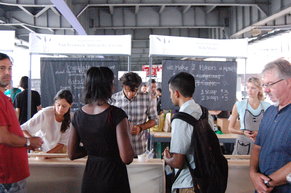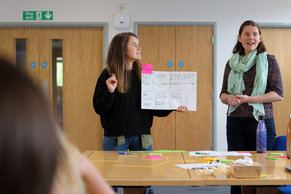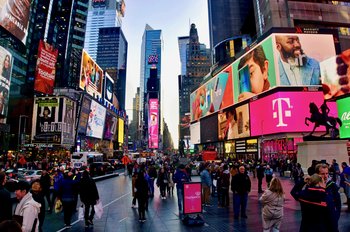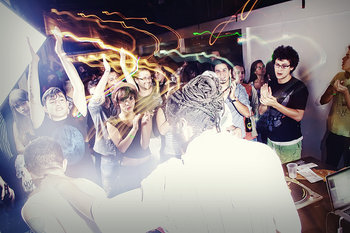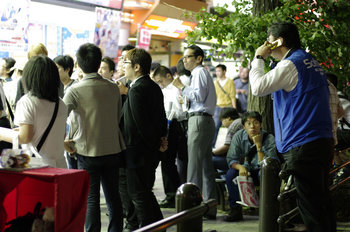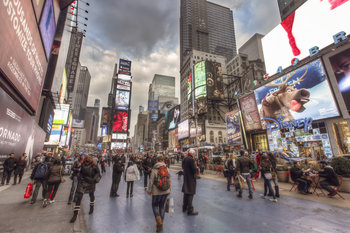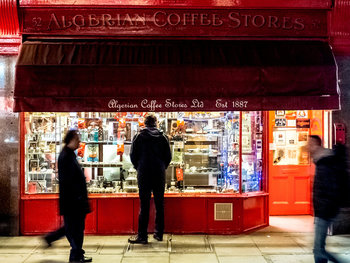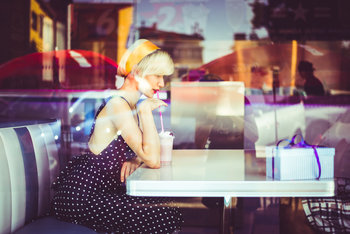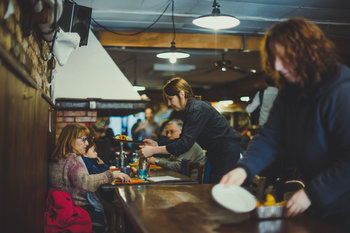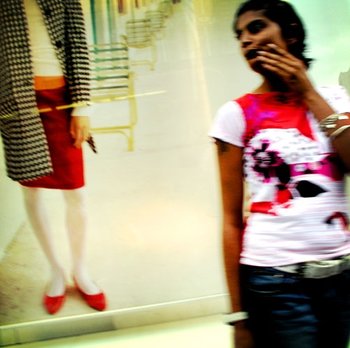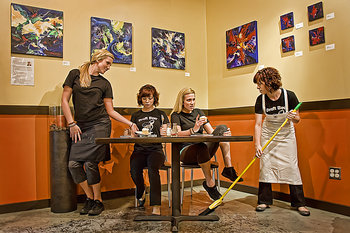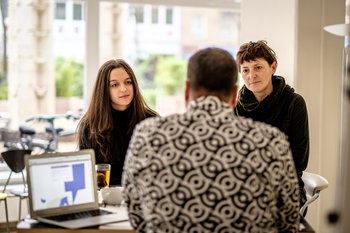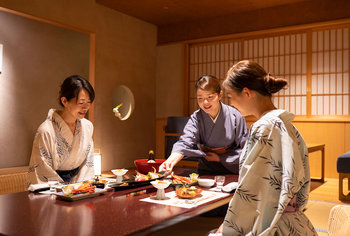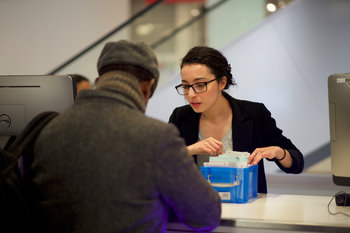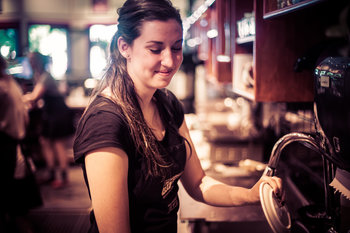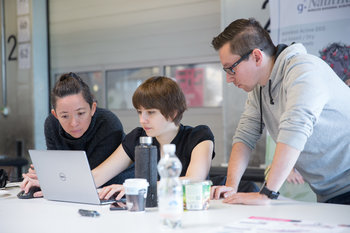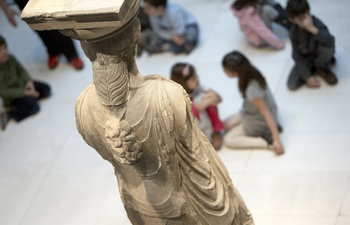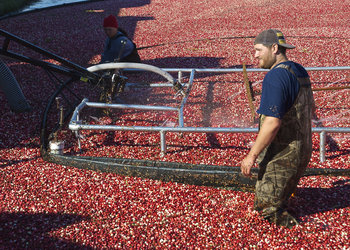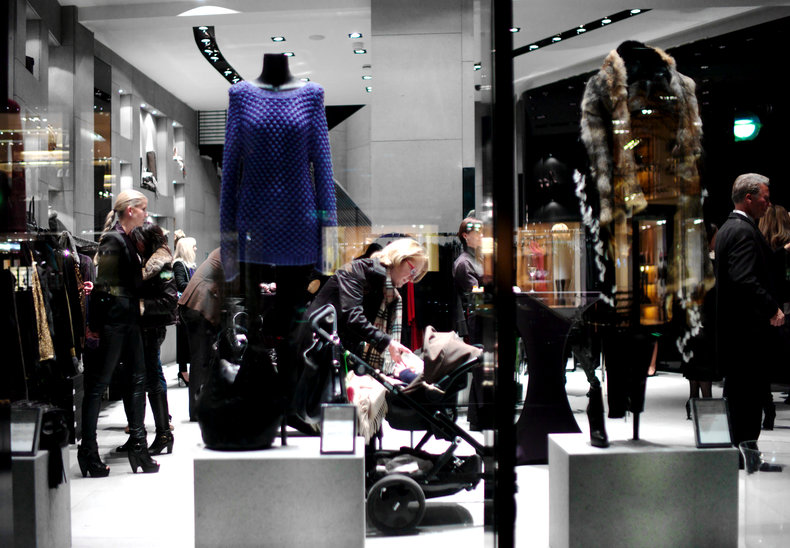
Conspicuous Conservation
Purchasing things to signal that you are a good person.
Conspicuous Consumption
Purchasing things that signal social status.
Consumerism
Fulfilling all or most human needs by buying things.
Curiosity Drive
The drive to explore and try new things.
Customer Needs
The perceived needs that drive a customer to buy things.
Escapism
A desire to experience imaginative environments and experiences such as films.
Impulse Buying
Suddenly buying things without a plan to do so.
Peak Experiences
Experiences such as travel that consumers may view as deeply meaningful.
Price Sensitivity
The extent to which a consumer cares about price for a particular good.
Product Involvement
Engagement with a product category e.g. a consumer who is obsessed with fashion.
Snob Effect
Luxury consumers that abandon an expensive brand after it is discounted too often.
User Intent
What a user wants at a point in time.
Attention Economics
The value of a consumers attention. The economic basis for advertising.
Conservation Of Effort
Consumers that try to minimize consumption effort with techniques such as always buying the same brand.
Customer Motivation
The real reason that customers buy something. This may differ from stated reasons.
Customer Perceptions
How customers perceive things such as products, services, brands, apps and stores.
Customer Preferences
Things that customers prefer. For example, some customers prefer self-service and others personal attention.
Fear Of Missing Out
A desire to participate in that which is new, exciting and popular.
Materialism
The view that life is about collecting material things.
Bliss Point
The amount that makes consumers perfectly satisfied e.g. the perfect size for a cookie.
Perceived Risk
How a customer feels about the risk surrounding a purchase.
Problem Recognition
The process by which a consumer discovers they have a purchasing need.
Prosumer
Consumers that produce their own goods and services e.g. diy enthusiasts.
Status Seeking
A drive to get respect from others.
Willingness To Pay
How much a customer is willing to pay for something they want.
Brand Loyalty
Consumers that regularly purchase the same brand.
Repeat Purchases
Buying the same product regularly.
Product Preference
When the brand is easily available, the customer will choose it.
Product Insistence
The customer will only buy a particular brand or product model and will wait if it’s not available.
Overthinking
Consumers may overthink purchasing decisions such that they waste resources without making much progress.
Decision fatigue
Consumers must make a large number of purchase decisions and may become exhausted by the process whereby they seek shortcuts such as familiar brands.
Path of Least Resistance
A tendency to choose the most convenient thing.
Personal Taste
A customer’s sense of aesthetics, style and quality.
Brand Recognition
Consumers that visually recognize a brand. People buy what they recognize.
Customer Experience
The end-to-end experience of buying and using a product or service.
Buying Power
The maximum amount a consumer could spend.
Product Differentiation
The degree to which consumers see a difference between products.
Commodities
A product category where consumers see all products as the same.
Purchase Intention
A consumer who is in the market for a product or service.
Consumer Satisfaction
How a customer feels about a product, service or interaction.
Purchase Regret
Feeling bad after a purchase.
Dissonance-reducing Behavior
Seeking information to try to avoid bad purchases that cause regret.
Social Proof
A tendency to use social information to make decisions.
Word-of-mouth
Sharing information person to person.
Reviews and Ratings
Consumers that post information to the world about their purchase experiences.
Preference for Variety
Consumers who want to try new things and to have many things to choose from.
Paradox of Choice
A situation where people are less happy because they have so many choices. For example, asking customers to choose from 200 variations of the same product such that they become dizzy with decision fatigue.






